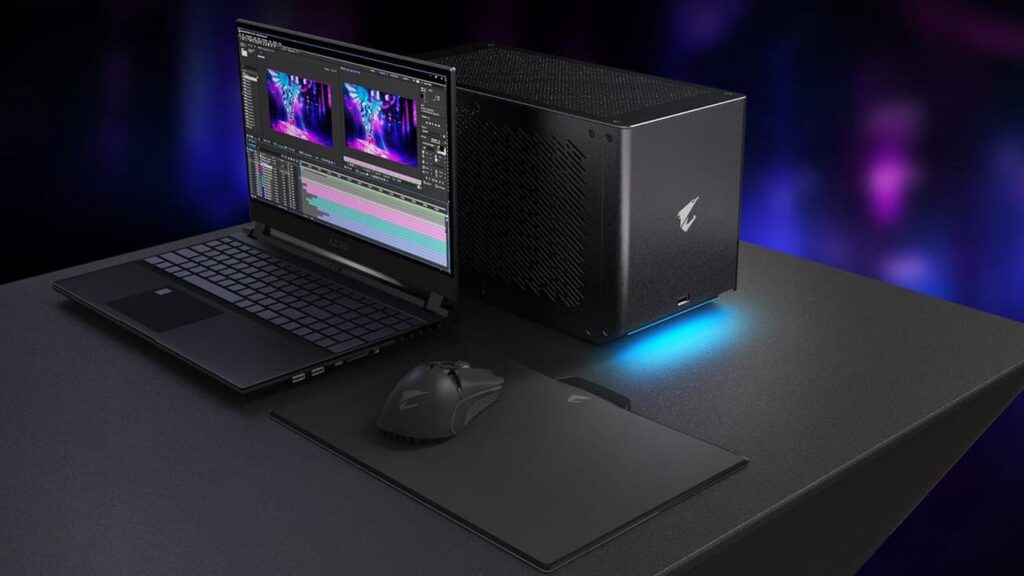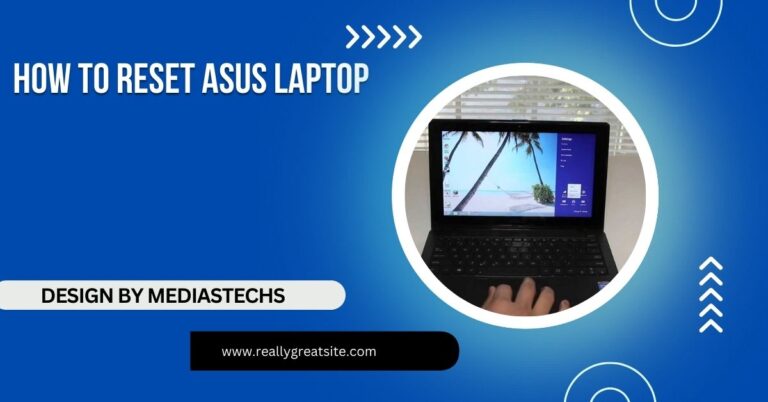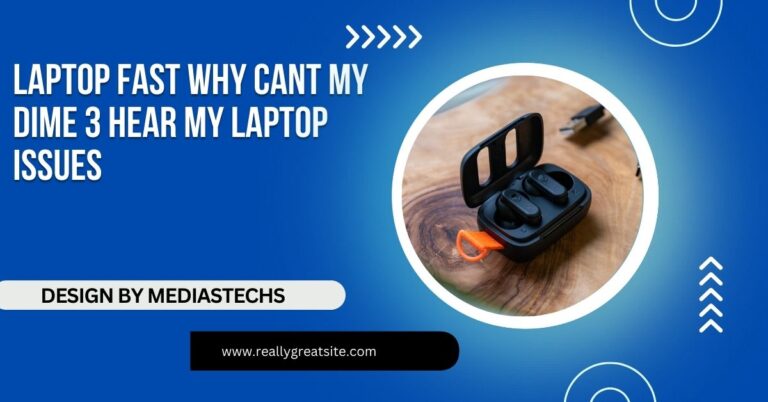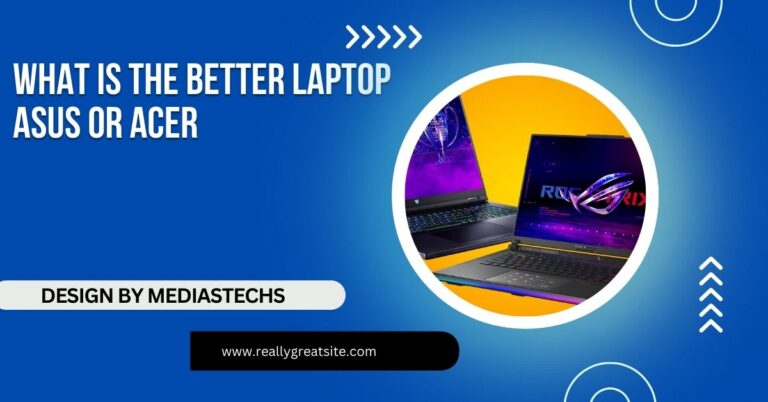Egpu Issue With Dell Laptop – Causes and Solutions!
Many Dell laptop users experience eGPU issues like recognition problems, performance lag, and overheating. Troubleshooting steps include checking connections, updating drivers, and adjusting BIOS settings.
In this article delves into common eGPU issues associated with Dell laptops, troubleshooting steps, and effective solutions to ensure you maximize your device’s capabilities.
Understanding eGPUs:

What is an eGPU?
An eGPU is an external device that houses a dedicated graphics card. It connects to a laptop via a Thunderbolt 3, USB-C, or other compatible ports, allowing users to boost graphical performance for tasks like gaming, video editing, and 3D rendering without having to upgrade their laptop’s internal components.
Benefits of Using an eGPU:
- Enhanced Performance: eGPUs can dramatically improve graphics performance, enabling high settings in modern games and faster rendering in creative applications.
- Flexibility: Users can easily upgrade the GPU in the eGPU enclosure without replacing the entire laptop.
- Portability: eGPUs are generally compact and can be set up or removed as needed, making them versatile for various workspaces.
Read More: Fix WiFi Disconnections After Locking Your Laptop – Expert Solutions.
How do I know if my eGPU is performing optimally?
You can effectively monitor your eGPU’s performance by utilizing software tools designed to track essential metrics such as frame rates, GPU usage, and temperatures. Popular tools like MSI Afterburner, HWMonitor, or GPU-Z provide real-time data to help you assess how well your eGPU is performing.
By comparing these metrics against the expected performance levels for your specific applications and games, you can identify potential issues and make necessary adjustments to settings, ensuring an optimized and enjoyable computing experience.
Can I use any eGPU with my Dell laptop?

Not all Dell laptops are compatible with every eGPU model. To ensure proper functionality, it’s essential to verify your laptop’s specifications, focusing on its Thunderbolt or USB-C support. Additionally, consider the laptop’s overall power delivery capabilities and the specific eGPU’s requirements.
Checking manufacturer guidelines can help you select an eGPU that will work seamlessly with your Dell laptop, maximizing performance and stability for gaming or creative tasks. It’s advisable to read user reviews and seek community feedback to make an informed choice.
Read More: USB Disconnecting When Laptop Sleeps – Detailed Causes, Fixes, and Prevention
Common eGPU Issues with Dell Laptops:
eGPU Not Recognized:
Causes:
- Connection Issues: Loose connections can prevent the laptop from recognizing the eGPU. Ensure that cables are firmly connected and check for any damage.
- Driver Problems: Outdated or missing drivers can hinder communication between the laptop and eGPU.
- BIOS Configuration: The laptop’s BIOS may have settings that restrict the use of external devices.
Solutions:
- Reconnect the eGPU: Start by unplugging and replugging the eGPU. If possible, try a different port.
- Update Drivers: Go to the manufacturer’s website for both the Dell laptop and the eGPU to download the latest drivers. Windows Update can also assist in driver management.
- Check BIOS Settings: Restart your laptop and enter the BIOS. Look for settings related to Thunderbolt security and ensure they are configured to allow external devices.
Performance Issues:

Causes:
- Inadequate Power Supply: eGPUs require a stable power source. Insufficient power can lead to suboptimal performance.
- Software Configuration: Sometimes, software settings may not be optimized for the eGPU.
- Bandwidth Limitations: Some Dell models may have limited PCIe lanes, impacting data transfer rates between the laptop and eGPU.
Solutions:
- Ensure Proper Power Supply: Verify that the eGPU is connected to its power adapter and that the outlet is functioning.
- Optimize Settings: Adjust settings in games and applications to utilize the eGPU effectively. Check for options to select the eGPU as the primary graphics processor.
- Upgrade Hardware: If performance issues persist, consider consulting with a professional about potential hardware upgrades or using a different eGPU model that matches your laptop’s capabilities.
Overheating:
Causes:
- Increased Workload: eGPUs can generate substantial heat during intensive tasks, leading to thermal throttling.
- Poor Ventilation: If the eGPU or laptop is not properly ventilated, heat can accumulate, causing overheating.
Solutions:
- Enhance Cooling: Use a laptop cooling pad to improve airflow and keep temperatures in check.
- Monitor Temperatures: Utilize software tools to track the temperatures of both the laptop and eGPU. If temperatures are too high, consider taking breaks during heavy tasks to allow for cooling.
Read More: List of Laptops with M.2 Drives – Best Picks for 2024
Troubleshooting Steps:
Step 1: Verify Physical Connections
Check all connections thoroughly. Disconnect and reconnect the eGPU and ensure that all cables are in good condition. If possible, try using different ports on the laptop.
Step 2: Update Drivers and Firmware
Keep both the laptop and eGPU updated. Visit Dell’s support site and the eGPU manufacturer’s website for the latest drivers and firmware updates.
Step 3: Adjust BIOS Settings
To access BIOS, restart your laptop and press the designated key (usually F2 or Delete). Once in BIOS, navigate to settings related to Thunderbolt and USB-C to ensure they are enabled and correctly configured.
Step 4: Run Diagnostic Tools
Dell laptops often come with built-in diagnostic tools that can help identify hardware issues. Access these tools by pressing F12 during startup and selecting “Diagnostics” from the boot menu.
Step 5: Consult Customer Support
If all else fails, reaching out to Dell’s customer support or the eGPU manufacturer can provide additional assistance. They may have specific troubleshooting steps based on your laptop model and eGPU.
FAQ’s
1. Why isn’t my eGPU recognized by my Dell laptop?
Check the physical connections, ensure drivers are up to date, and verify BIOS settings related to Thunderbolt to facilitate proper communication between the eGPU and your Dell laptop.
2. How can I improve performance when using an eGPU?
Ensure the eGPU is properly powered, optimize software settings, and check for any bandwidth limitations on your laptop to maximize performance and prevent potential bottlenecks during demanding applications.
3. What should I do if my eGPU is overheating?
Use a cooling pad to enhance airflow and monitor temperatures with software to prevent thermal throttling during intensive tasks or gaming sessions for optimal performance.
4. Are there specific driver updates needed for Dell laptops and eGPUs?
Yes, regularly update both your Dell laptop’s drivers and the eGPU’s drivers from their respective manufacturers’ websites to ensure compatibility and optimal performance with the latest software enhancements.
5. Where can I get help if I can’t resolve my eGPU issues?
Contact Dell’s customer support or the eGPU manufacturer for further assistance and specific troubleshooting steps.
Conclusion:
Using an eGPU with your Dell laptop can significantly enhance your computing experience, but it can also present challenges. By understanding common issues and following the troubleshooting steps outlined in this article, you can effectively resolve eGPU problems and enjoy improved performance. Regular maintenance, driver updates, and proper configurations are key to ensuring a seamless experience with your eGPU setup.
Read More:







